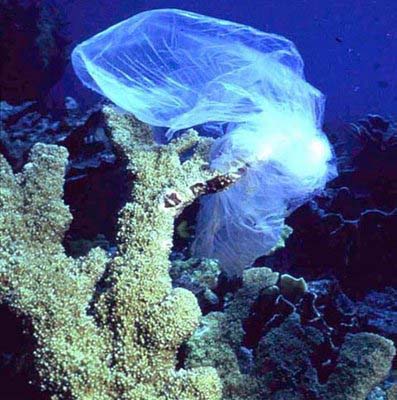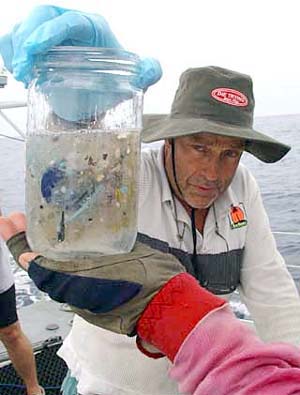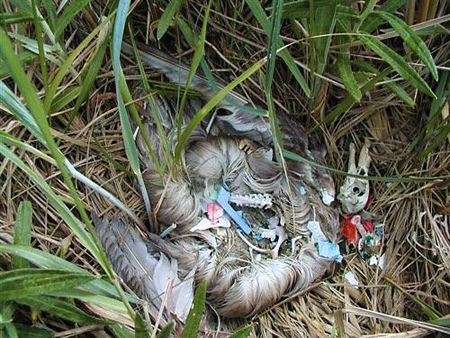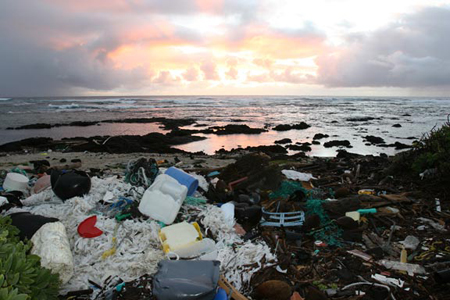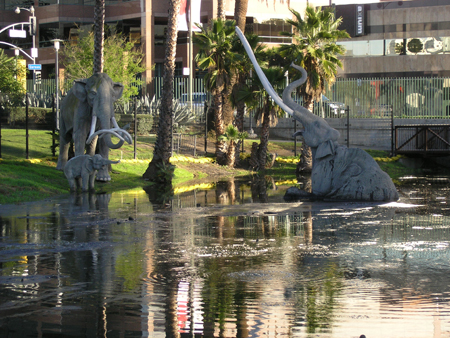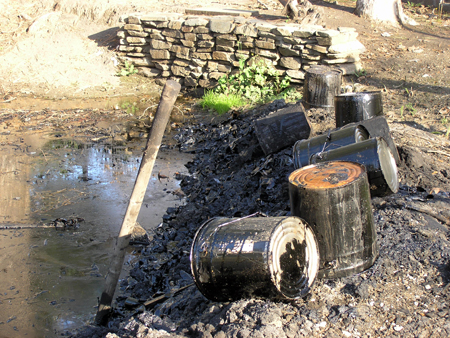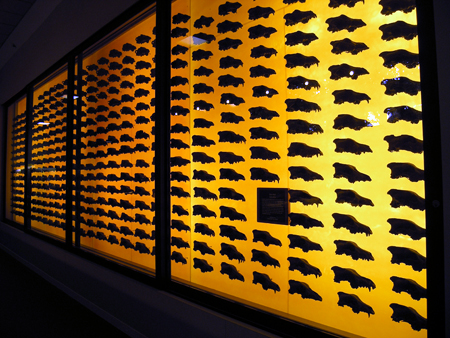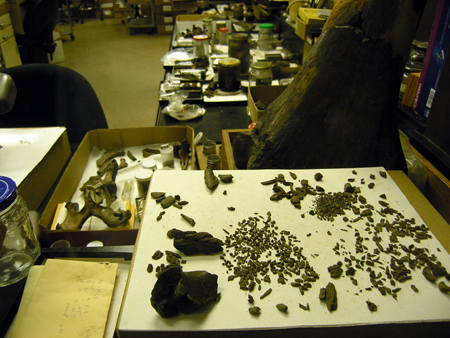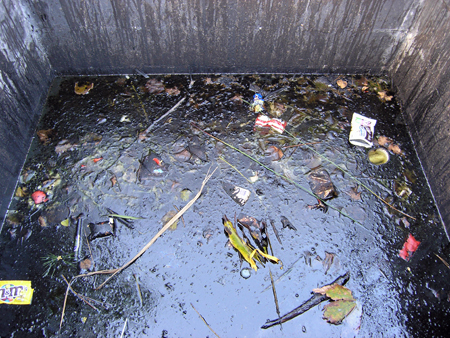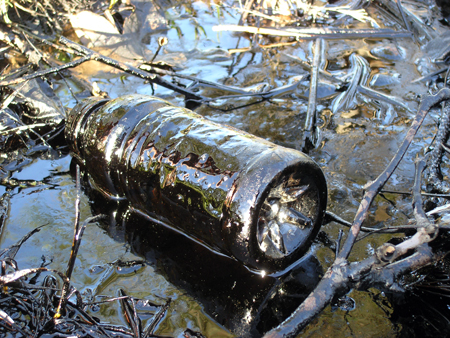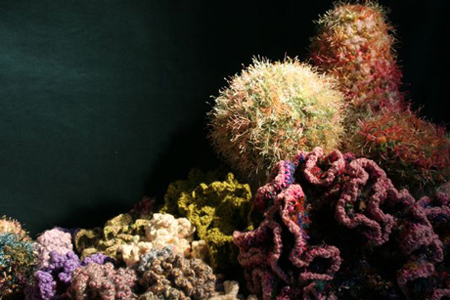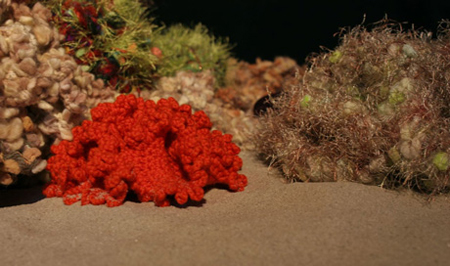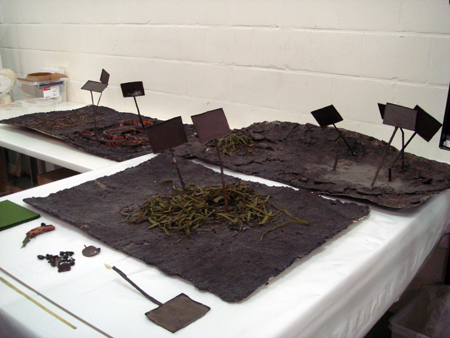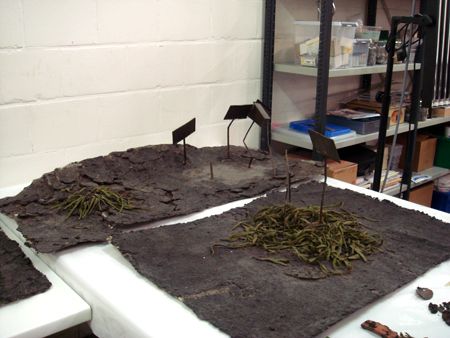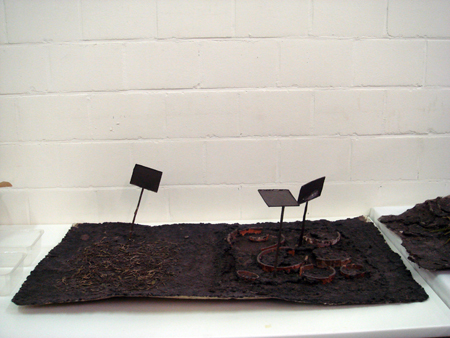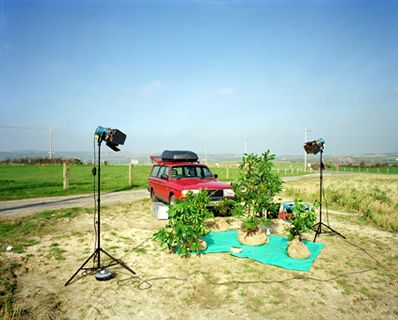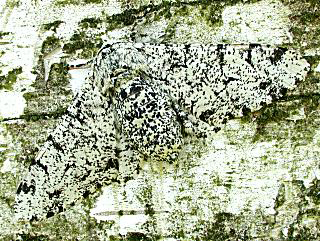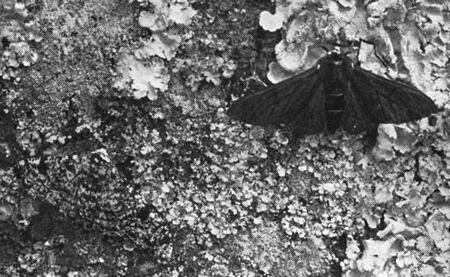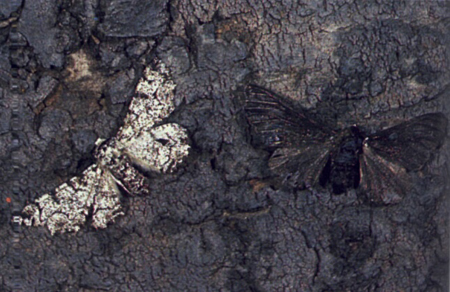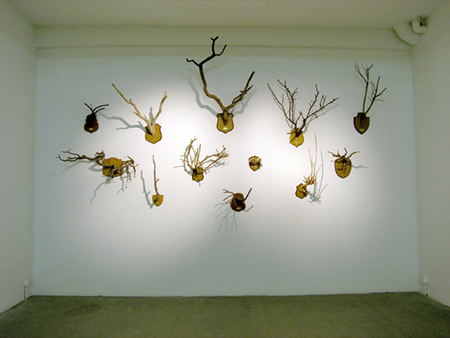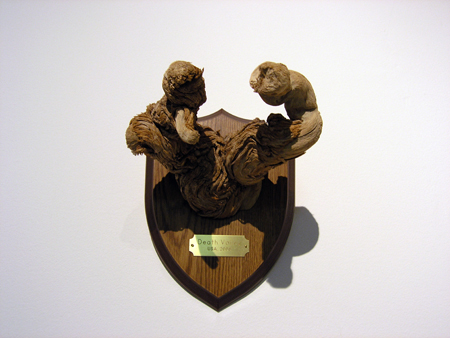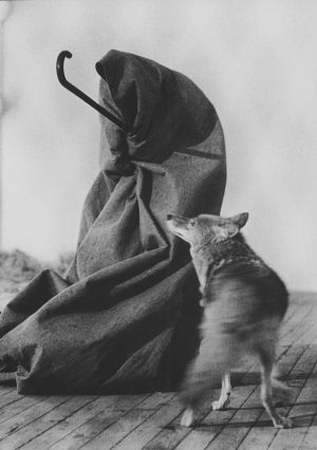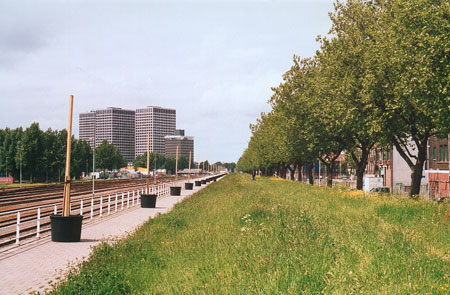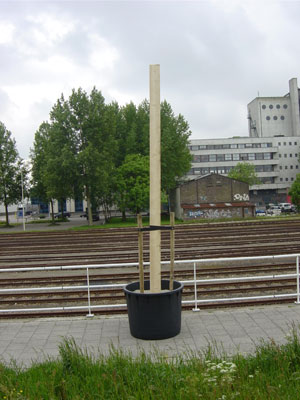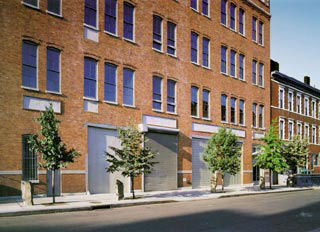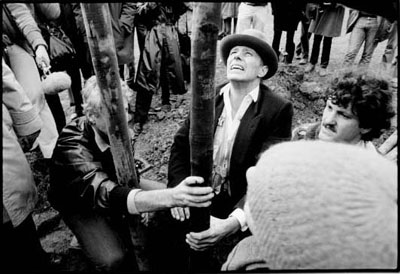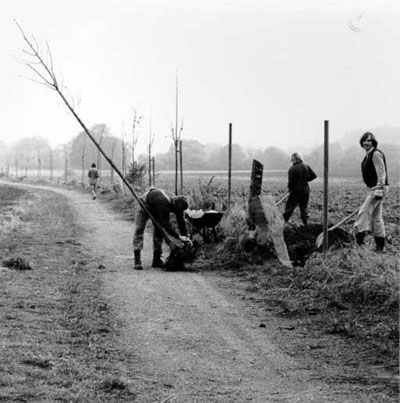Christa Sommerer & Laurent Mignonneau
Interactive Plant Growing, 1993-97
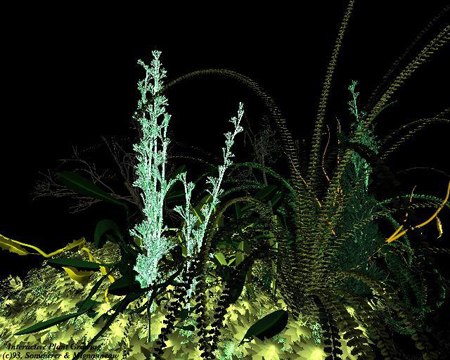
in permanent collection of the ZKM Media Museum, Karlsruhe
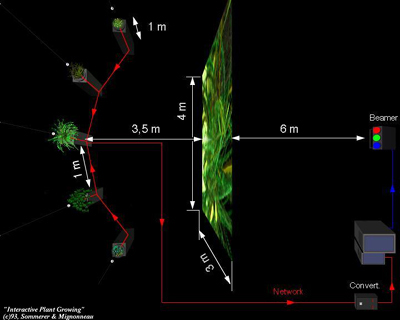
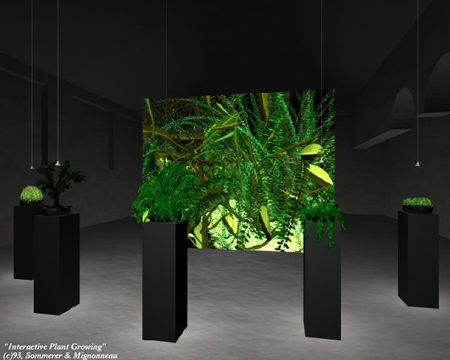
Conceptual and aesthetic aspects :
“The rate of growth deserves to be studied as a necessary preliminary to the theoretical study of form, and organic form itself is found, mathematically speaking, to be a function of time. (….) We might call the form of an organism an event in space-time, and not merely a configuration in space.” (D´Arcy Thompson,On Growth and Form, Cambridge University Press,1942.)
“Interactive Plant Growing” is an installation, which deals with the principle of the growth of virtual plant organisms and their change and modification in real time in the 3-dimensional virtual space of a 4D Graphics Computer (Silicon Graphics). These modifications of predefined “artificially living plant organisms” are mainly based on the principle of development and evolution in time. The artificial growing of program – based plants is an expression of the desire to discover the principle of life, which is always defined by the transformations and morphogenesis of certain organisms.
Interactive Plant Growing connects the real time growing of virtual plants in the 3 – dimensional space of the computer to real living plants, which can be touched or approached by human viewers.differentiation.
1 ) Interaction Human – Plant :
By touching real plants or moving their hands towards them human viewers can influence and control in real time the virtual growth of 25 and more program – based plants, which are simultaneously displayed on a video screen in front of the viewers. By producing a sensitive interaction with the real plants, the viewers too become part of the installation. They decide how this interaction is translated to the screen and how growth takes place on the screen.
The various distance modulations of the viewer´s hands directly effect the appearance of the virtual plants, as they are ferns, mosses, trees, vines and a cleaning plant (“killer plant”).
By sending different data values to the interface (which connects the plants and the growing program), the appearance of the virtual plants can be modified and varied . The viewers can control the size of the virtual plants, direct the rotation, modify the appearance, change the colours and control new positions for the same type of plant.
Each virtual plant species has at least 6 different variations, but generally there are more possibilities than just 25 variations of 5 plants, since the size, colour and translation can be modified for each single plant as well.
All variations ultimately depend on the viewers sensibility to find the different levels of approximation distances, as they are responsible for the different events in growing.
Since it takes some time for the viewer to discover the different levels for modulating and building the virtual plants, he will develop a higher sensitivity and awareness for real plants.
2) Programming :
In Interactive Plant Growing artificial plants, programmed by Laurent Mignonneau and Christa Sommerer on Silicon Graphics Computer, grow in a virtual 3 – dimensional space.
This virtual growing is based on specially developed algorithms, according to the different morphological characteristics of real plant differentiation.
Virtual growing is not based on the same principles as real growing, rather the appearance of movement and differentiation and determination during this evolutionary process can be considered to be optically similar.
In the program a new method of differentiation was developed, using special randomising parameters, which are seen as “artificial growth and differentiation regulators”.
These randomising parameters determine the morphology of the organisms by controlling their variations of forms.
This leads us to different botanical growth forms. Plants like ferns, vine or mosses change their appearance depending on the randomising defined variables for size, length, rotation, translation, angle and colour.
This idea of advanced randomising could be compared with the term “walking randomising”.
The limits of randomising could be considered as determination, whereas the human – plant randomising itself can be representative for the differentiation.
3 ) Technique :
Technically speaking, the electrical potential difference between human and plant gets measured through the living plants.
This voltage difference varies depending on the hand – plant distance, the sensitivity of the plant ranges from 0 to about 70 cm in space, depending on the size and morphology of the real plant.
A special protocol (interface program) between computer and converter makes sure, that each data value coming from each plant is interpreted in synchronisation and in real time by means of the growing program during the drawing of the virtual plants.
All data values (derived from the interaction viewer – plant) are now interpreted as variables in the growing program. Each value is responsible for specific growing events; changing rotation, scaling, translation, location or colour.
4 ) Installation space :
In the dark 12 x 6 meter installation space, five different real plants are placed on 5 wooden columns in front of a high resolution 4 x 3 meter video projection screen. All plants are connected by an interface to a 4D Silicon Graphics computer, which sends its video signals from the screen to a high resolution RGB video data beamer 80 kHz , 650 Lux. This data beamer sends the growing pictures to the projection screen in real time.
5 ) Feedback :
By the feedback of the virtual growth on the screen, the viewers can react to these events and control and modify the growing process. Five or more people can interact at the same time with the 5 real plants in the installation space. All events depend exclusively on the human-plant interaction.
“Interactive Plant Growing” (c) 92-97, Christa Sommerer & Laurent Mignonneau
